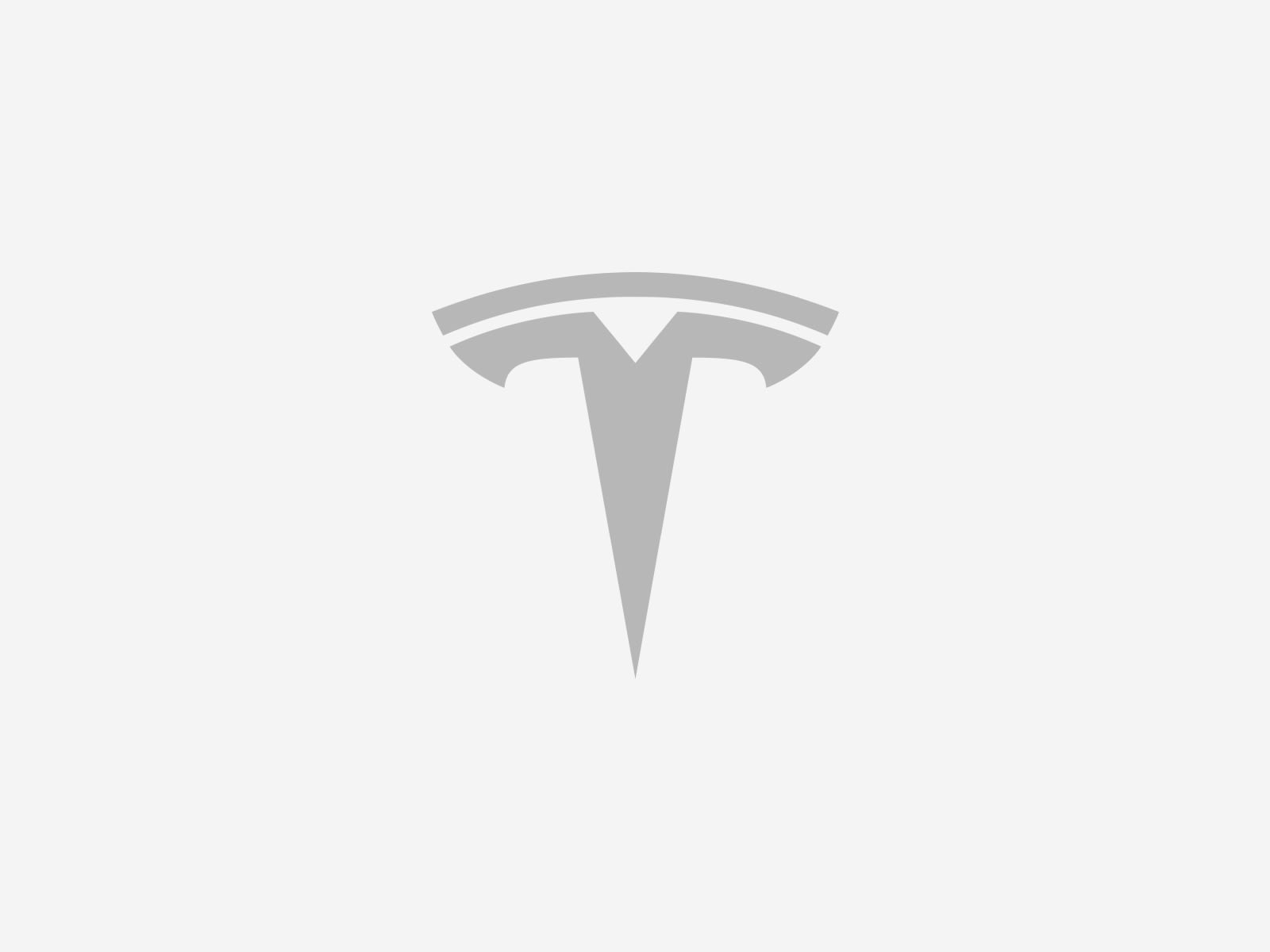I found here, that the internal AC charger on the Plaid is rated at 16.5KW. Backing that out to a typical 220V home circuit (like an electric range or dryer), 16,500W / 220V = 75 Amps.
So if I bought the 14-50 adapter for the Mobile Connector, and supply it with a 50A breaker, will I charge at 50A at 220V = 11KW?
I think I read on the Tesla site that the Mobile Connector will not go above 32 Amps, regardless of a 14-50 plug with a 50A supply circuit.

So if I bought the 14-50 adapter for the Mobile Connector, and supply it with a 50A breaker, will I charge at 50A at 220V = 11KW?
I think I read on the Tesla site that the Mobile Connector will not go above 32 Amps, regardless of a 14-50 plug with a 50A supply circuit.



